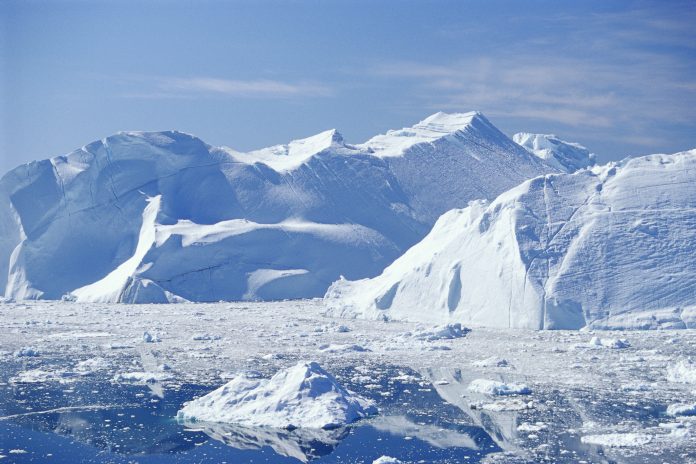The potential consequences of unchecked carbon emissions on global sea levels and Antarctica’s ice sheet over the next three centuries
Published in the journal Earth’s Future and conducted by a team from Dartmouth College, the study integrates data from 16 ice-sheet models to forecast the future of Antarctica’s glaciers.
Under current emissions trends, Antarctica’s ice sheet loss is set to accelerate significantly after 2100, posing serious implications for sea-level rise.
Lead author Hélène Seroussi, from Dartmouth’s Thayer School of Engineering, emphasises the study’s contribution in bridging a critical gap in climate research beyond the often-discussed horizon of 2100. “Our study provides the longer-term projections that have been lacking,” Seroussi explains. “The results show that beyond 2100, the long-term impact for the regions most susceptible to sea-level rise become amplified.”
Melting Antarctica’s ice sheet glaciers
The study forecasts that by 2200, melting glaciers in Antarctica could raise global sea levels by up to 5.5 feet, a huge figure with extreme implications for coastal communities worldwide. Even more concerning are projections indicating a potential near-total collapse of the Antarctic ice sheet by 2300 if current emission rates persist.
Mathieu Morlighem, coauthor and Dartmouth professor of earth sciences, highlights the urgency of reducing carbon emissions to mitigate these risks. “While current carbon emissions have only a modest impact on model projections for this century, the difference between how high- and low-emission scenarios contribute to sea-level rise grows sharply after 2100,” Morlighem warns.
The future of coastline communities
The study’s models highlight that once significant ice loss begins, it becomes irreversible and accelerates rapidly across several basins in West Antarctica. “The exact timing of such collapses remains unknown and depends on future greenhouse gas emissions, so we need to respond quickly enough to reduce emissions before the major basins in Antarctica are lost,” Seroussi notes, stressing the need for immediate action to curb greenhouse gas emissions.
Looking ahead, the research aims to refine climate models further, enhancing predictions and addressing uncertainties, particularly in regions like Greenland. “This collaboration means we have a better, more robust assessment of the uncertainty, and we can see where our models agree and where they disagree so that we know where to focus our future research.” Seroussi remarks.
The implications of this study are clear: without swift and decisive action to reduce emissions, Antarctica’s glaciers face an uncertain future that could reshape coastlines and communities around the globe.











